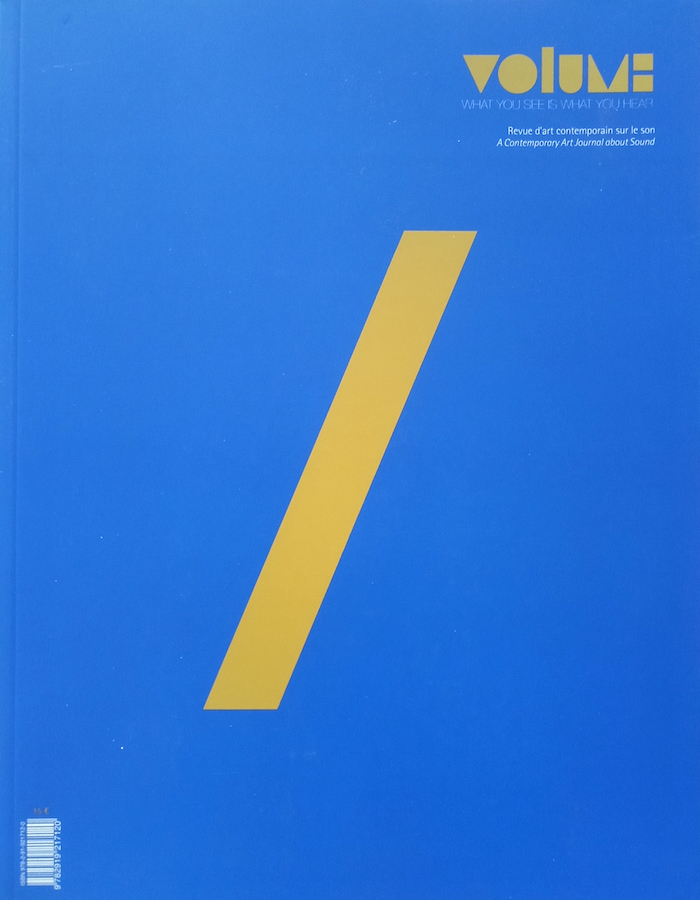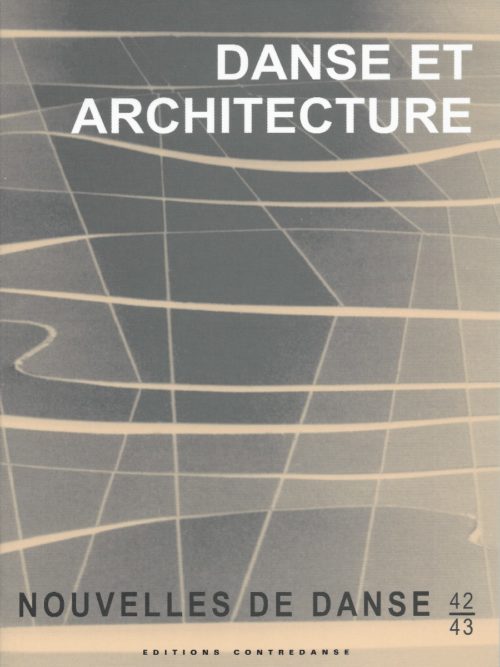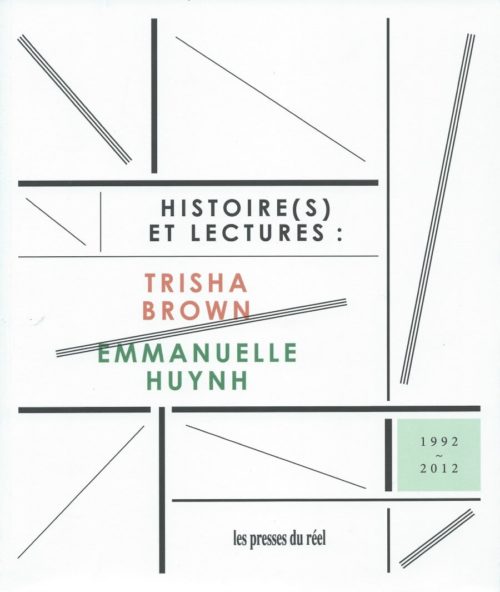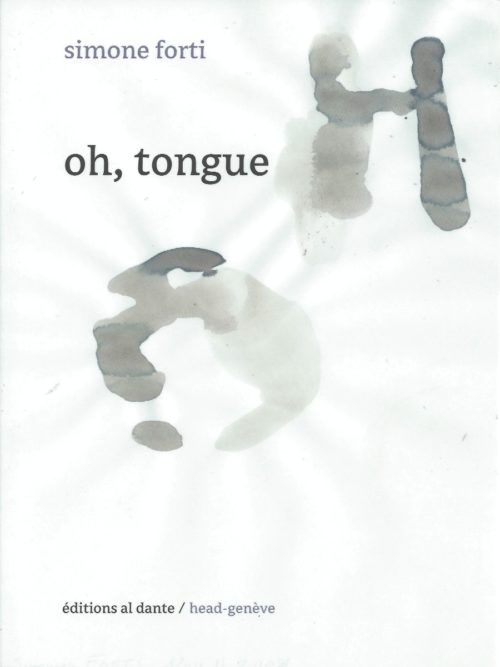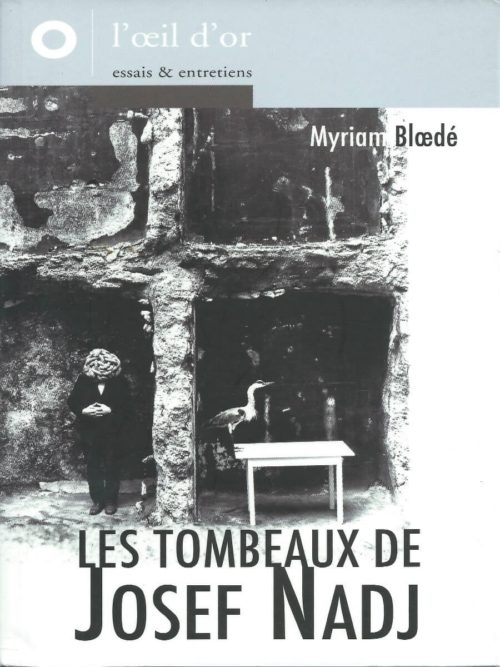RÉSUMÉ
— Pourquoi un numéro spécial dédié à l’entretien ?
— Présent dans la revue depuis le premier numéro, ce régime de texte se révèle intrinsèquement lié à la parole – du moins au dialogue, puisque cet échange ne se fait pas nécessairement de vive voix. En cela, il recèle un potentiel éminemment sonore, non seulement via ce qui se dit, mais aussi ce qui peut s’entendre en marge de la discussion.
Aussi avons-nous eu envie de lui consacrer un numéro entier car, tout en résonnant avec la spécificité de la revue d’art contemporain sur le son qu’est VOLUME, il offre un large éventail de possibilités en termes de format et de ton. Sans prétendre ni viser à l’exhaustivité, cet opus tente ainsi de refléter une telle diversité, en même temps qu’il s’attache à faire cohabiter, au sein d’une même publication, une multitude de voix.
Aux différents textes regroupés ici autour de la notion de « son élargi » s’ajoutent trois interventions artistiques qui, pour leur part, font écho à l’essence dialogique de l’entretien, voire la rejouent.
– This kind of text has been a feature of the magazine since the very first issue, and is intrinsically bound up with words – or at least with dialogue, because interviews are not necessarily conducted in person. As such, the interview has an eminently acoustic potential, not only through what is said, but also via what can be heard on the sidelines of the discussion.
So we were keen to devote a whole issue to it because, while echoing the specific nature of the contemporary art magazine about sound that VOLUME is, it also offers a wide range of possibilities in terms of format and tone. Without claiming or aiming to be exhaustive, this issue also tries to reflect this kind of diversity, at the same time as it endeavours to get a host of different voices to co-exist in one and the same publication.
Added to the different essays brought together around the notion of an “expanded sound” are three artistic contributions which, for their part, echo the dialogic essence of the interview, or even re-enact it.
(…)

